Thermal power ash and slag still underutilised
The Ministry of Construction (MoC) is currently evaluating the feasibility of combining thermal power ash and clinker with saline sediment to service coastal road projects.
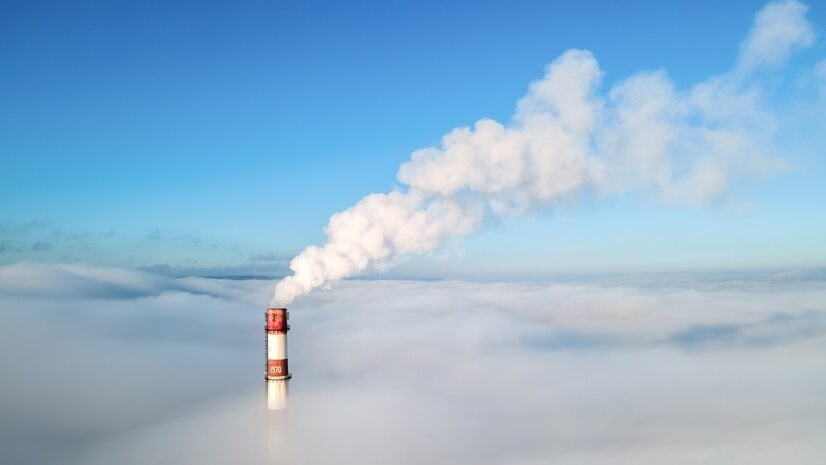 |
| Thermal power ash and slag still underutilised, illustration photo/ Source: freepik.com |
If approved, the move will bring two significant benefits: the elimination of industrial refuse and the alleviation of difficulties in supplying materials, which is one of the primary factors delaying several transport infrastructure projects, according to Tran Phuoc Loi, deputy director of Thuan Hoa TV Company, a firm providing backfilling services for construction projects.
“Ash and slag do not have an opportunity to compete, since when developing design documents, most contractors see sand as the only solution,” Loi said.
Multiple Thuan Hoa TV projects in 2022 indicate that the quality of levelling ground made from ash and slag is comparable to that of sand. The price of one cubic metre of thermal power ash and slag is equivalent to two-thirds the price of one cubic metre of sand, but transportation costs are higher.
Nguyen Van Sinh, Deputy Minister of the MoC, said last month at a workshop, “The MoC will soon propose remedies to overcome the lack of levelling materials for transport infrastructure projects in the Mekong Delta region, particularly the North-South Highway project’s phase 2.”
Last month, the government proposed to the National Assembly that the time limit for implementing the tailored mechanism for exploiting minerals for common construction materials be extended until the end of 2024 because the majority of projects in the Mekong Delta region face difficulties in sourcing materials, particularly sand for foundations. In a March report, the MoC stated thermal power plants are attempting to use ash and slag as infill material in infrastructure projects, but only use half of that available. Vietnam’s coal-fired power facilities released an estimated 16 million tonnes of ash and slag in 2022, of which only 48 per cent was utilised.
The ministry believes that emissions of ash and slag from 29 thermal power plants in operation in Vietnam will continue to rise in the future, from approximately 16 million tonnes in 2022 to 20 million tonnes in 2025. Vietnam Electricity is unlikely to meet its 2023 goal of completely consuming 10 million tonnes of ash and slag, it has said.
As of August, the national backlog of thermal power ash and slag was approximately 48 million tonnes. Using ash and slag as an infill material is not economically and technically attractive, and many factories lack capacity to process and classify it, leading to sluggish consumption.
For example, Vinh Tan 4 thermal power plant in the south central province of Binh Thuan has an extremely sluggish consumption rate, at 1.47 million tonnes in total
“Construction companies are wary and believe ash and slag are novel materials, so they cannot use them for infill without risk,” said Pham Dinh Quang, deputy director of Vinh Tan 4.
The company has offered financial opportunities to customers, but to date has only signed contracts for consumption with two companies.
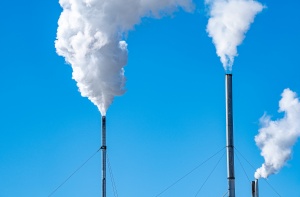 | Thai investor suspends $2.3 billion thermal power plant project in Quang Tri Thai International Power Company (EGATi) has submitted a document to Vietnam’s Ministry of Industry and Trade (MoIT) regarding the suspension of the Quang Tri Build-Operate-Transfer (BOT) Thermal Power Plant project. |
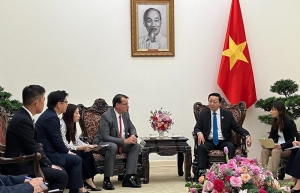 | Commitment made to bring Nghi Son LNG thermal power plant into operation in 2030 Japanese energy giant JERA is committed to bringing Nghi Son liquefied natural gas (LNG) thermal power plant into commercial operation by the end of 2030, helping to ensure energy security in the northern region and achieve Vietnam's commitment of reaching net-zero by 2050. |
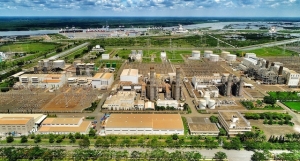 | EVN to take over BOT Phu My 3 thermal power next year The Ministry of Industry and Trade and the operator reached a compromise to transfer BOT Phu My 3 thermal power plant to EVN in March 2024 and BOT Phu My 2.2 in February 2025. |
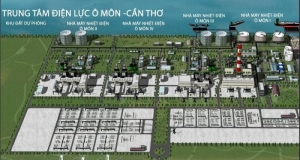 | PetroVietnam invests in O Mon III and IV thermal power plants PetroVietnam has taken over the O Mon III and IV gas-fired power plants after a recent decision promulgated by Can Tho People’s Committee. |
What the stars mean:
★ Poor ★ ★ Promising ★★★ Good ★★★★ Very good ★★★★★ Exceptional
Related Contents
Latest News
More News
- Heavy industries set for pilot greenhouse gas quotas (December 25, 2025 | 10:00)
- Swedfund invests in MSME growth and climate action in Vietnam (December 19, 2025 | 11:42)
- GreenYellow brings solar energy to light up remote schools in Tuyen Quang province (December 19, 2025 | 08:00)
- Charge+, Grab partner to develop EV charging network in Vietnam (December 18, 2025 | 17:11)
- Linking sci-tech and innovation to Vietnam’s net-zero future (December 18, 2025 | 14:31)
- Driving double-digit growth through green and circular transformation in Vietnam (December 17, 2025 | 09:00)
- Standard Chartered and ACCA deepen collaboration to develop Vietnam’s talent for a sustainable future (December 15, 2025 | 18:18)
- Schaeffler reports strong early output from Dong Nai solar project (December 12, 2025 | 15:16)
- Forestry conference highlights biodiversity and sustainability goals (December 09, 2025 | 13:35)
- Home Credit honoured among top 10 sustainable companies in trade and services (December 09, 2025 | 12:18)

 Tag:
Tag:





















 Mobile Version
Mobile Version